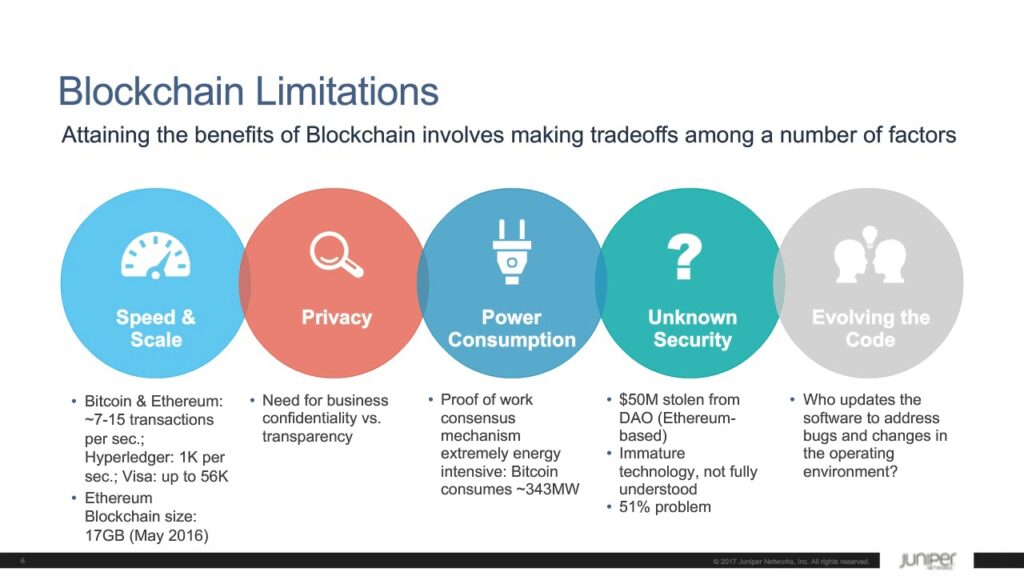Blockchain technology has been on the rise since the inception of Bitcoin in 2009. Initially, the technology was only associated with cryptocurrencies. However, over the years, the use cases for blockchain technology have diversified, and it has been used in various fields such as finance, supply chain, and healthcare. This article explores the benefits and limitations of blockchain technology and how it is changing the way we interact with data.
Contents
What is Blockchain Technology?
Blockchain technology can be defined as a decentralized, as well as distributed digital archive that documents transactions. It consists of blocks of data that are cryptographically secured and linked together in a chain. Each block includes a distinctive code dubbed a hash, a timestamp, and transaction data. The hash of each block is based on the hash of the previous block, creating an unbroken chain of data. Blockchain technology is maintained by a network of nodes that verify and validate each transaction, making it tamper-proof and transparent.
Benefits of Blockchain Technology:
Decentralization: Blockchain technology works on a decentralized grid, which indicates there is no central authority controlling the data. This makes it more secure and resilient to cyber-attacks.
Transparency: Every dealing on the blockchain is visible to all parties affected, making it more transparent and trustworthy.
Immutability: Once a transaction is documented on the blockchain, it cannot be revised or deleted. This makes it a reliable source of information.
Efficiency: Blockchain technology eradicates the necessity for intermediaries, lessening the time and cost of trades.
Limitations of Blockchain Technology
Scalability: The current blockchain infrastructure has limited scalability, and as more transactions are added to the network, it can become slower and less efficient.
Energy consumption: Blockchain technology is energy-intensive and requires a lot of computing power to maintain the network.
Regulations: The legal and regulatory framework for blockchain technology is still developing, and there are concerns over how it fits into existing laws and regulations.
Lack of standardization: There are currently no global standards for blockchain technology, making it difficult for different blockchains to interoperate.
Applications of Blockchain Technology
Cryptocurrencies: Bitcoin and other cryptocurrencies are built on blockchain technology, making them more secure and transparent than traditional currencies.
Supply chain management: Blockchain technology can be employed to follow products and goods as they advance through the supply chain, reducing the risk of fraud and counterfeit goods.
Identity verification: Blockchain technology can be utilized to construct a decentralized and secure identity verification system, decreasing the gamble of identity theft and fraud.
Healthcare: Blockchain technology can be used to securely store and share patient data, improving the efficiency and accuracy of healthcare delivery.
Conclusion
Blockchain technology has the prospect of altering the way we interact with data and information. It offers a decentralized and secure platform that can be used in various fields. However, there are still hurdles that need to be addressed, such as scalability and energy consumption. As the technology continues to develop, it is important to find ways to overcome these limitations and create a more efficient and sustainable blockchain infrastructure.




